Mind-bending natural beauty
If you want to experience vast open spaces framed by striking, colossal mountains, the grandeur of Zion National Park will leave you breathless
I absolutely love Utah. It’s no wonder they say “Utah rocks”. The state is not only magnificent but also home to many nature preserves with breathtaking rock formations. Zion National Park is the perfect example of this natural beauty.
The Evolution of Zion: Utah’s First National Park and Its Journey to Fame
Zion National Park holds a special place in Utah’s history as the first national park established in the state, officially earning that status in 1919. The story began a decade earlier, in 1909, when it was initially designated as a national monument by President William Taft under the name of Mukuntuweap National Monument. Sadly, it was basically inaccessible due to poor road conditions.
The Utah State Road Commission began constructing a state highway system, improving access to the southern region. State officials also negotiated with the Union Pacific Railroad to develop rail and automobile routes and to establish tourist facilities in Southern Utah to accommodate visitors. By the summer of 1917, cars were able to reach the first visitor lodging, a tent camping resort called Wylie Camp, welcoming adventurous travellers. In 1919, a congressional bill was signed which designated it as Zion National Park.
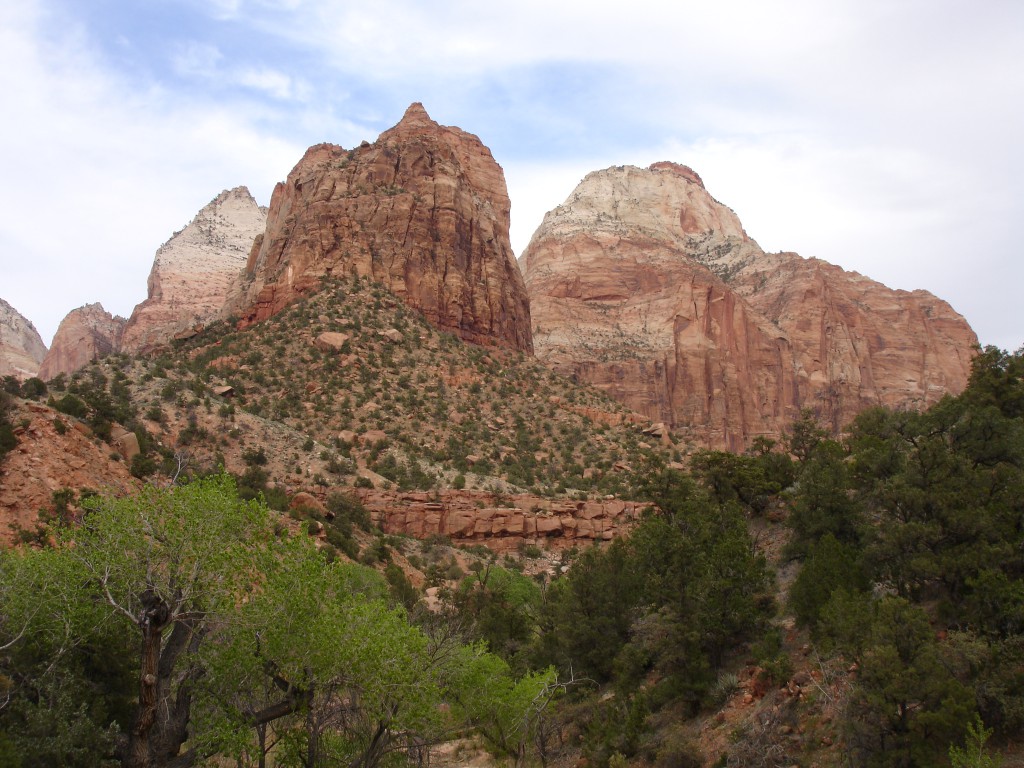
Hiking Zion Canyon: A Journey Into the Heart of Utah’s Natural Wonder
Zion National Park sits at the junction of the Colorado Plateau, the Great Basin and the Mojave Desert near Springdale in southwestern Utah. Known for its towering canyon walls and stunning scenery, Zion’s most spectacular feature is the 24 kilometre (15 miles) long Zion Canyon which plunges up to 800 metres (2625 ft) deep, cut through layers of Navajo Sandstone. When I first set eyes Zion Canyon, I was absolutely amazed and fully enjoyed the hiking through the canyon, both on ground level and along the elevated paths leading up to the rugged mountainsides. A truly wonderful experience.
Zion’s Living Tapestry: Where Desert, Forest, and Wildlife Thrive
The park is a true haven of plant and animal diversity which is due to the distinct geography of the bank, from dry desert to the lush woodlands, dense forest and riparian areas where land and river streams meet. The variety of ecosystems here is incredible. More than 900 plant species only found in Zion National Park.
As you meander through the park, you will come across a lot of cottonwood trees and rabbitbrush shrub. The latter is particularly striking in late summer when its bright yellow blooms add a splash of colour to the landscape. Along the Pa’rus Trail you will see fairly compact growth of rabbitbrush, serving as food for some of the wildlife. It is also a source of nectar and pollen for bees, wasps and butterflies. In recent years, researchers have explored whether the plant could be used for medicine or alternative energy.
The animal life here is just as impressive, with 208 species of birds, 69 mammals, 29 reptiles, 6 amphibians, and 9 species of fish, according to the National Park Service. The park is truly a sanctuary for creatures big and small.
One important reminder, do not feed the wildlife such as the squirrels. They may look cute, but they can bite, and yes, they’ve been known to go for fingers and the fine for feeding the wildlife is 100 USD. Respecting these boundaries helps keep both the animals and visitors safe. As the saying goes: take only pictures, leave only footprints.
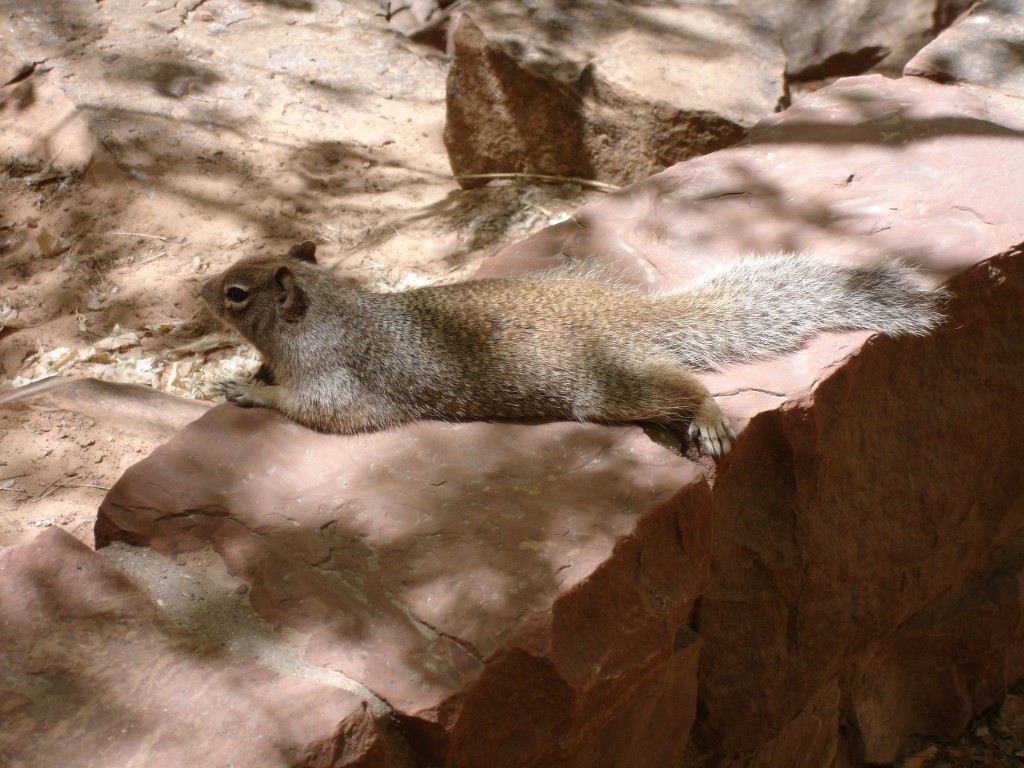
Geology of the Park: Where Mother Nature Shows Off Her Greatest Hits
Zion National Park offers an unspoiled array of canyons, gorges, buttes, mesas, monoliths, rivers, slot canyons, geologic gashes, pinnacles, eroded rocky layers and natural arches in a stunning palette of colours, each corner revealing a new chapter in the park’s geologic story. Zion throws the whole geology textbook at you (and then some). It’s like Mother Nature got carried away with her rock collection. You could say that Zion didn’t get the memo that “less is more”…just kidding – because honestly, it is just awesome. I can easily vouch for this remarkable place of wide expanses and untamed nature, where the landscape has been shaped by erosion and tectonic forces through millions of years.
Unlike Grand Canyon where you typically gaze down into the canyon from the rim, Zion National Park is mostly viewed from the bottom up. Quite an interesting difference between the two when you think about it.
Ride Through the Canyon: Zion’s Shuttle System Makes Exploring a Breeze
The park has a great shuttle bus system that makes getting around easy, scenic, and stress-free. It takes you to the major highlights and landmarks where you can hop off and go on individual hikes at your own pace. It’s in operation from 15 March to 25 October, the weekends in November and offers a convenient and wonderful scenic ride through the beautiful canyon.
The shuttle is completely free and runs frequently throughout the day, sometimes as often as every seven minutes but the average wait for a bus is 15 minutes. This is from early morning to late in the evening during the busy season, so you’ve got plenty of flexibility.
There are two lines which are the Zion Canyon Shuttle, which has nine stops within the park, and the Springdale Shuttle, which service nine in the hearby town of Springdale. The transfer between loops occur at the Zion Canyon Visitors Center.
It is the only form of transportation during the peak season as private vehicles are not permitted. But it’s so convenient you probably won’t miss your own set of wheels.
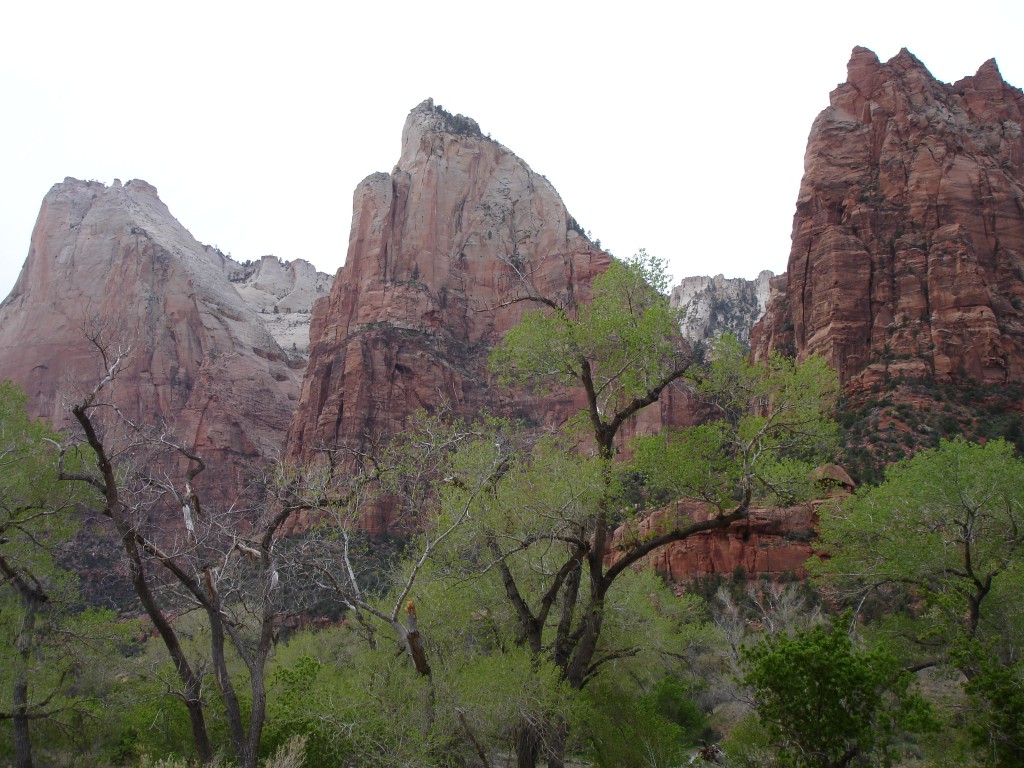
A Peaceful Stroll to the Three Patriarchs Along the Virgin River
The park was named Zion by the Mormon pioneers in the 1860s as it gave them peace and serenity among the towering mountains and quiet canyons. The word “Zion” comes from Hebrew and means “place of relaxation and peace”. As you explore the park, you will notice that many of the formations carry biblical references.
One being a prominent landmark, the Three Patriarchs, a phenomenal trio of similarly shaped cliffs. They’re named after the biblical figures Abraham (2,131 metres/6,990 ft tall), Isaac (2,080 metres/6,825 ft tall) and Jacob (2,082 metres/6,831 ft tall). These majestic formations are easily visible from the shuttle bus and if you hop off at one of the first stops, there is a path leading up to a viewpoint of the rocks. Perfect for snaps and soaking in the breathtaking vista.
Walking along the Virgin River you will be treated to some picturesque views of the surrounding dramatic rocks, such as The Three Patriarchs, as the trail meanders through the valley, accompanied by the soothing sounds of the river. A stroll here is an ideal option if you just want to have a relaxing hike and a chance to take in the landscape. I certainly found it astonishing. It was such a delight and is highly recommended for a calm and peaceful outing.
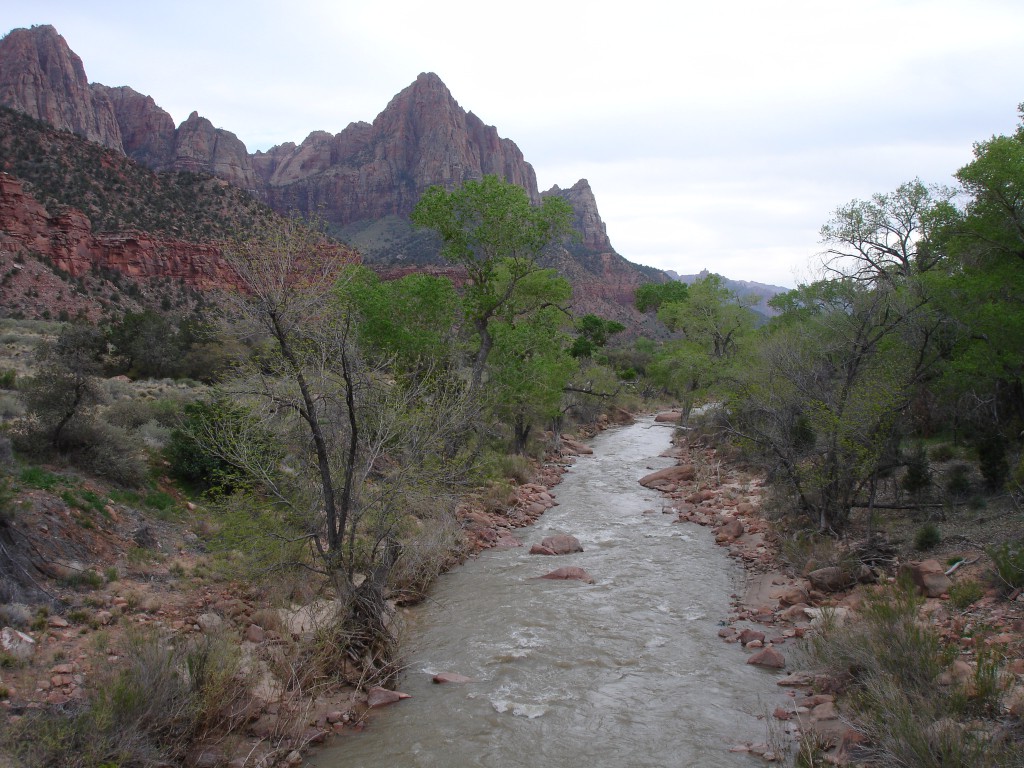
Framed by Nature: The Watchman from the Virgin River
One of my favourite moments in the park was strolling along the Virgin River where I caught an incredible view of one of the most famous rock formations, the Watchman. It’s particularly beautiful from this angle, with the river and cottonwoods perfectly framing it in the background. It’s a great photo opportunity and one of those spots where you just have to take it all in. There is a track called the Watchman Trail, but you can also get a really good view of this particular rock formation from the Pa’rus Trail which is paved and more accessible.
Weeping Rock: Nature’s Hidden Garden in the Heart of the Canyon
Another spectacular corner of the park I visited was Weeping Rock, a favourite among visitors for its serene beauty and dramatic natural features. A short, moderately steep trail leads to this magnificent. It offers scenic and rewarding views along the way and a glimpse of one of the landmarks, Cable Mountain rising in the distance among other striking formations.
At the top, the trail you will find a really impressive vantage point, also referred to as the Weeping Rock alcove. Absolutely stunning. This natural overhang was carved out by erosion. The name comes from the continuous water dripping down from the rock at the alcove which has created a lush hanging garden clinging to the wall. Be mindful of the steps leading up here as it can be slippery due to the dripping water and the moss on the rocks. From the alcove viewpoint you will have an amazing view of the canyon with the Great White Throne to the left and Lady Mountain and the famous Angels Landing to the right.
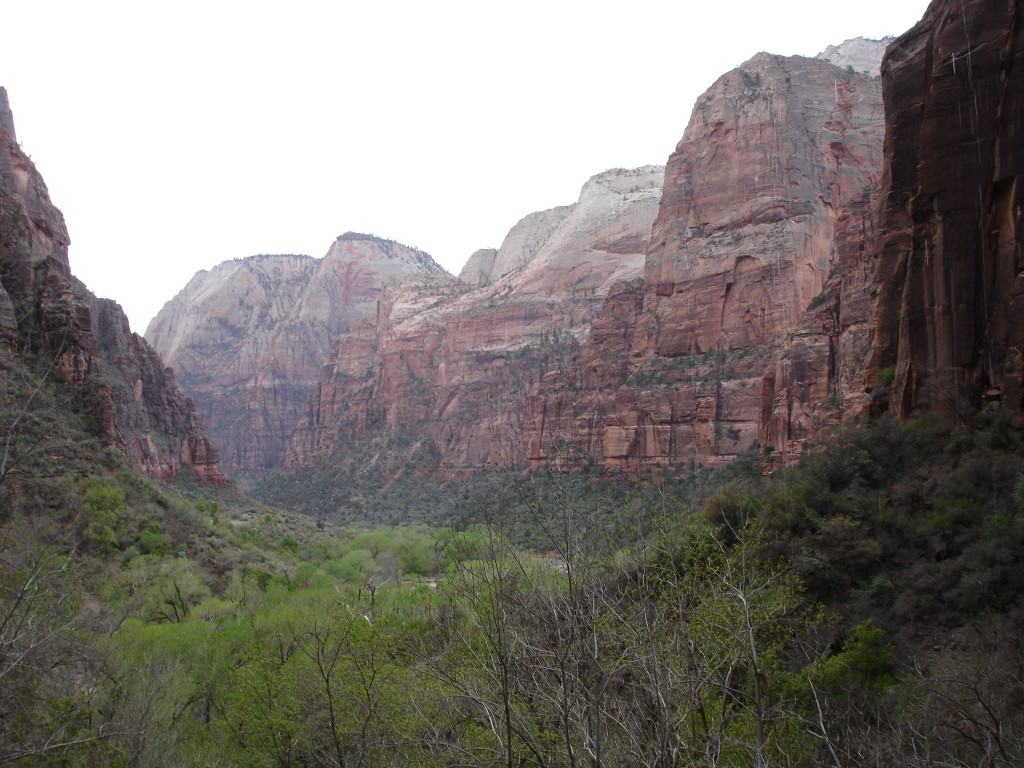
Cable Mountain: A Towering Peak with a Storied Past
Cable Mountain is one of the most legendary peaks of the park, not just for its towering presence but it also shares quite a fascinating history. As you stand in the canyon and gaze up at its summit, you may be able to spot a small box perched at the top. That’s a cable works ruin constructed in 1901 to transport timber from the plateau to the canyon below. The operation was shut down in 1930, but that little box remains, a quiet witness to a time when industry met wilderness high above Zion. Old remnants like that tend to stir my curiosity. I can’t help but imagine the stories they could tell, and what life might have been like back then.
The Great White Throne: A Symbol of Zion’s Splendour
The Great White Thorne is an impressive white-capped monolith which is one of the most famous and awe-inspring peaks in the park standing at 2,056 metres (6744 ft). There is a shuttle stop at a viewpoint where you can take in the sheer majesty of the Throne itself along with the nearby Organ. The Great White Throne often appeared on historic images such as a Zion National Park poster from 1938. It was named by Methodist minister Frederick Fisher as he reckoned it was magnificent enough to resemble the throne of God. He also gave us the names Angels Landing and the Three Patriarchs.
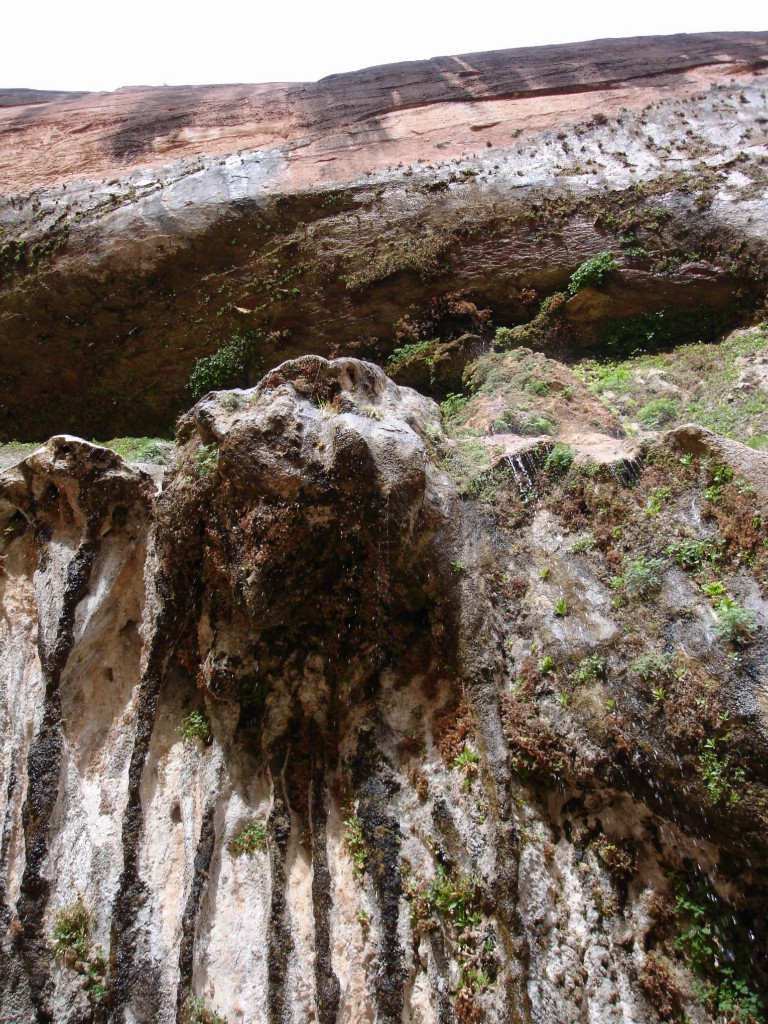
Along the Riverside: Another Journey into Zion’s Natural Beauty
I highly recommend heading on the Riverside Walk, as it’s a marvellous hiking option and the gateway to the Narrows. It offers incredible views and yet another taste of Zion’s beauty. The trail begins at the Temple of Sinawava, the final shuttle stop deep in Zion Canyon, and is a 3.2 km (2 miles) roundtrip.
The hike is easy as it’s paved and mostly level, with lovely views of the Virgin River, the rock formations, hanging gardens and waterfalls. It’s also a great place to spot wildlife such as squirrels which are abundant here. Just remember, do not feed them. The trail ends where there is no dry land on either side of the river and the canyon walls begin to narrow. This is the gateway to the famous Zion Narrows.
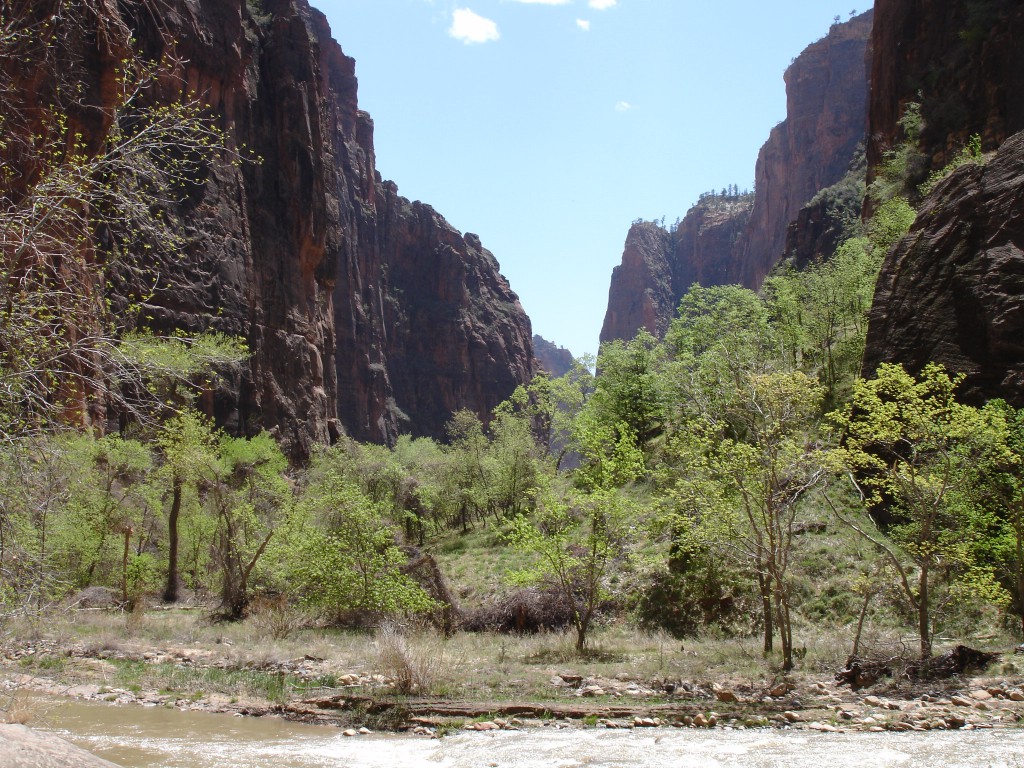
An Unforgettable Journey: Conquering Angels Landing
The most astonishing excursion I experienced in Zion National Park was undoubtedly the hike up to Angels Landing. If you’re looking for the most spectacular views of Zion Canyon in all its glory, this is the trail to take. Reaching the summit of Angels Landing is, without question, one of the highlights of the entire park.
Angels Landing is a 454 metre (1,488 ft) tall rock formation with the peak standing at 1,763 metres (5,785 ft). The trail to the top was carved into the rock in 1926 and spans 3.9 km (2.4 miles), beginning at the Grotto shuttle stop. It initially follows the path of the Virgin River and as you climb it gradually gets steeper. You will encounter a series of paved hairpin turns leading to a tighter and steeper set of switchbacks called Walter’s Wiggles. This is where Zion truly reveals its raw beauty and becomes more breathtaking with every step.
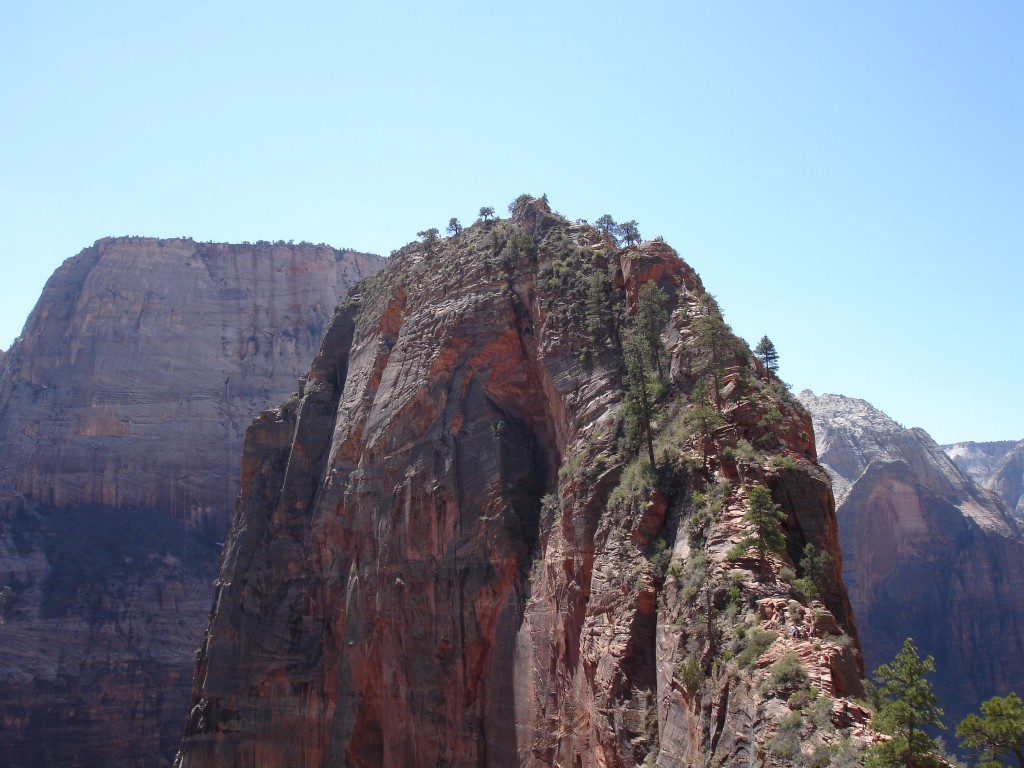
Walter’s Wiggles is the final demanding section before you reach Scout Lookout. At this point you will be treated to a phenomenal view of Angels Landing with the canyon stretching out behind it like a majestic backdrop. If you’re not a fan of heights or are uneasy with challenging climbs, and you’re not the adventurous type, this is the recommended turnaround point, and you should not continue on to the summit of Angels Landing. And a word of caution, this next section is not for the faint of heart.
I was definitely ready to go all the way. The final 800 metres (half a mile) to the top are a bit strenuous, as you’re on a steep and narrow trail, a tad rugged and uneven with sharp downward slopes. Fortunately, cable chains are installed to support you on the way to help you maintain balance and grip. This part can be intimidating to some, it wasn’t to me as I felt secure. But if you are cautious, well-prepared and not afraid of heights, believe me it’s worth it.
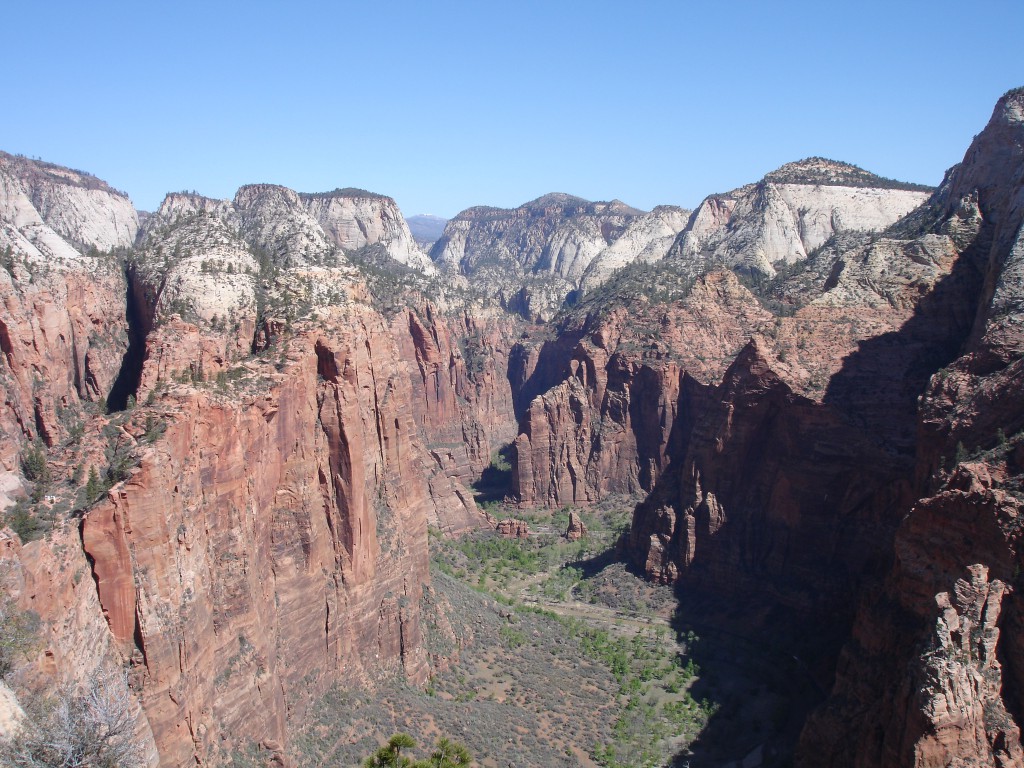
Don’t climb Angels Landing in really bad weather such as heavy rain or during a thunderstorm. Don’t bring small children and if you bring older ones, they should be closely supervised. Wear appropriate footwear, move cautiously, and you should be fine. If all that checks out, go for it. You’re in for one of the most amazing experiences of your life.
Once you reach the top, it feels like standing on the edge of the world. The views are simply magnificent! Take your time and stay at the summit for a while, have a good look around and soak in the dramatic panoramic views. This is a once-in-a-lifetime moment. There should be plenty of space for you up there. You will have a 360-degree view of the canyon and notice the different lines in the rocks which represent ancient water levels at different geological times.
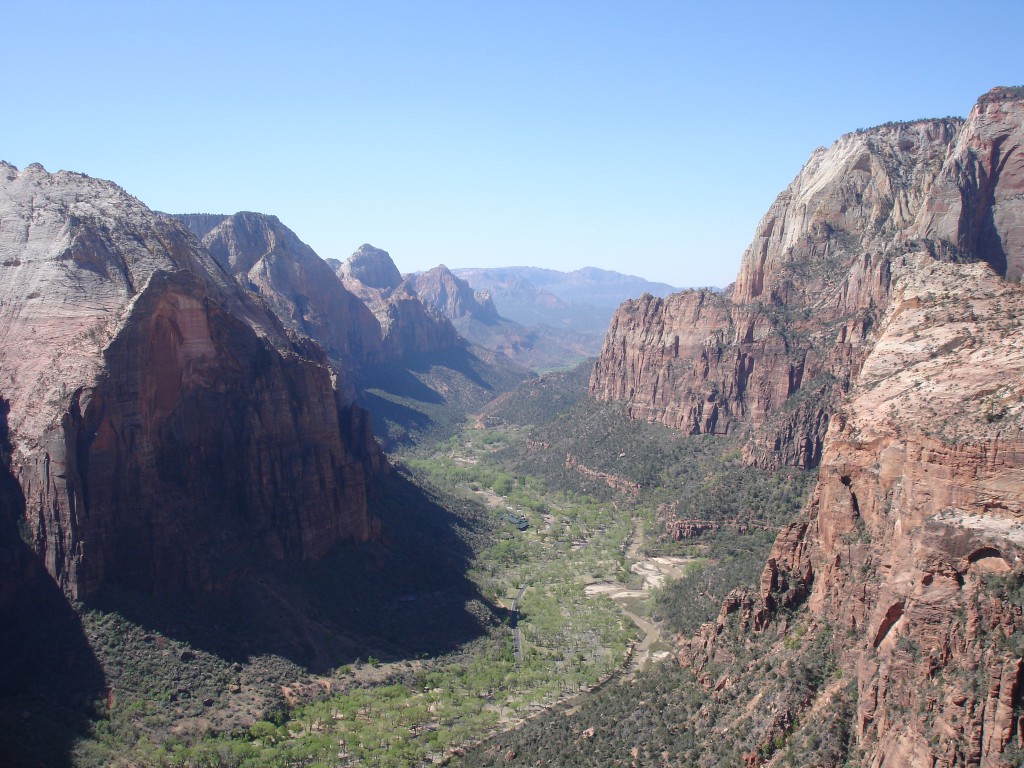
If you start early in the morning, you should be at the summit around midday, so it will be a perfect spot for a well-earned lunch break. When you are ready just retrace your steps to descend. Again, be careful descending from the summit of Angels Landing down to Scout Lookout.
Heading out on this excursion and climbing Angels Landing was a magical and unforgettable experience for me. The combination of adrenaline, the sensational beauty and the glorious feeling of accomplishment left me with memories I will hold onto forever.
